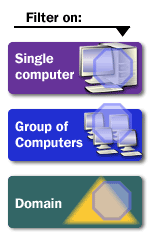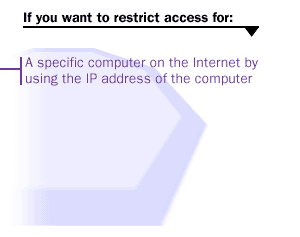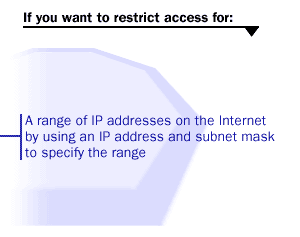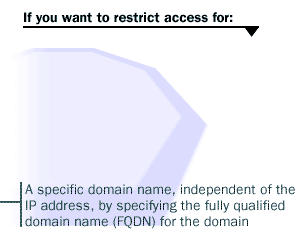Proxy Server Domain Filter
Defining Domain-filter Criteria for a Proxy Server
Defining domain-filter criteria for a proxy server based on the security requirements of an organization involves specifying which domains are allowed or disallowed for users within your network. By implementing such domain filters, you can control and restrict access to certain websites and protect the network from potential threats. Here is how you can define domain-filter criteria based on security requirements:
Remember, domain filtering is just one layer in a multi-layered security approach. Continue to employ other security measures like firewalls, intrusion detection systems, and regular patching and updates of all systems.
- Identify Security Requirements: The first step is to understand your organization's security policies and requirements. This includes identifying categories of websites that should be blocked due to their potential for harm or because they're inappropriate for the workplace. For example, you may decide to block access to social networking sites, personal email services, adult content, or any sites known to host malware.
- Create a Blacklist/Whitelist: Once you've identified your security requirements, create a list of domains to block or allow. A blacklist is a list of domains that users are prohibited from accessing, whereas a whitelist is a list of domains that users are allowed to access. All domains not on the whitelist would be blocked.
- Configure Proxy Server: Use your proxy server's management interface to input the blacklist or whitelist. The exact process will depend on the specific proxy server software you're using. Generally, you'll find an option to input your list and apply it to traffic passing through the proxy.
- User Groups: In a diverse organization, different user groups may require different access permissions. If your proxy server supports it, consider setting up different filtering criteria for different user groups.
- Regular Updates: The internet is dynamic and new threats emerge regularly. Maintain and update your blacklist or whitelist as needed. Regularly review your organization's browsing needs and security policies.
- Monitor and Report: Enable logging on your proxy server and periodically review the logs. This can provide insight into attempted access to blocked domains and user behavior, allowing you to adjust your filters as necessary.
- User Awareness: Make sure your users are aware of the organization's browsing policy. Clear communication can help reduce attempts to access blocked content and improve overall compliance with security policies.
Remember, domain filtering is just one layer in a multi-layered security approach. Continue to employ other security measures like firewalls, intrusion detection systems, and regular patching and updates of all systems.




